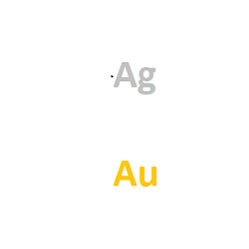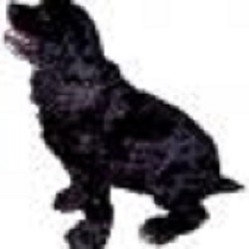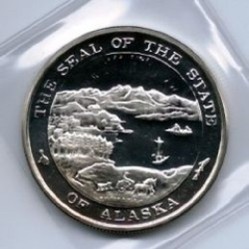The European Silver Programme is a program whereby members of the European Union can offer silver coins. These coins have some restrictions. The silver coins must be crown size, and a silver coin must have a fineness of 0.900 or greater. Many of the coins are sterling silver, or 0.925 silver purity.
There is an element that must be incorporated into the coins in the program, a star that has a euro symbol on its left side when viewed. It must be obvious, but not a significant part of the image.
Participation is voluntary. Nations are not required to participate. The denomination is not specified, and some coins with denominations as low as five euros are in the series. Other coins are of higher denominations. In fact, it is not necessary that the denomination be in euros, a concession perhaps unsuccessfully aimed at attracting nations like the United Kingdom into the program. Hungary has not converted to the euro, but Hungary has participated in the program. Some coins are colorized, and some are enhanced with gold, being selectively gilded.
The silver program is also known as the Eurostar Program.
Some, but not all, have a gold version which also bear the Eurostar symbol. I believe these have many of the same constraints, but I have seen a larger coin with the symbol.











 Aurora Can Disrupt Electrical Devices And Even the Grid?2 days ago
Aurora Can Disrupt Electrical Devices And Even the Grid?2 days ago
 Overcoming Difficulties Encountered with Mathematics2 days ago
Overcoming Difficulties Encountered with Mathematics2 days ago
 Christmas on Zazzleon 10/21/2025
Christmas on Zazzleon 10/21/2025
 The Linear Equation and Related Equations and Inequalitieson 08/15/2024
The Linear Equation and Related Equations and Inequalitieson 08/15/2024



Comments
Unfortunately, information is scarce in the United States. Mintages are specified, but would require a lengthy research. It is assumed collectors eventually buy all that are minted.
blackspanielgallery, Thank you for the practical information and the product lines. Do you know which of the topics has proved most popular in terms of the number of collectors and participating European countries?